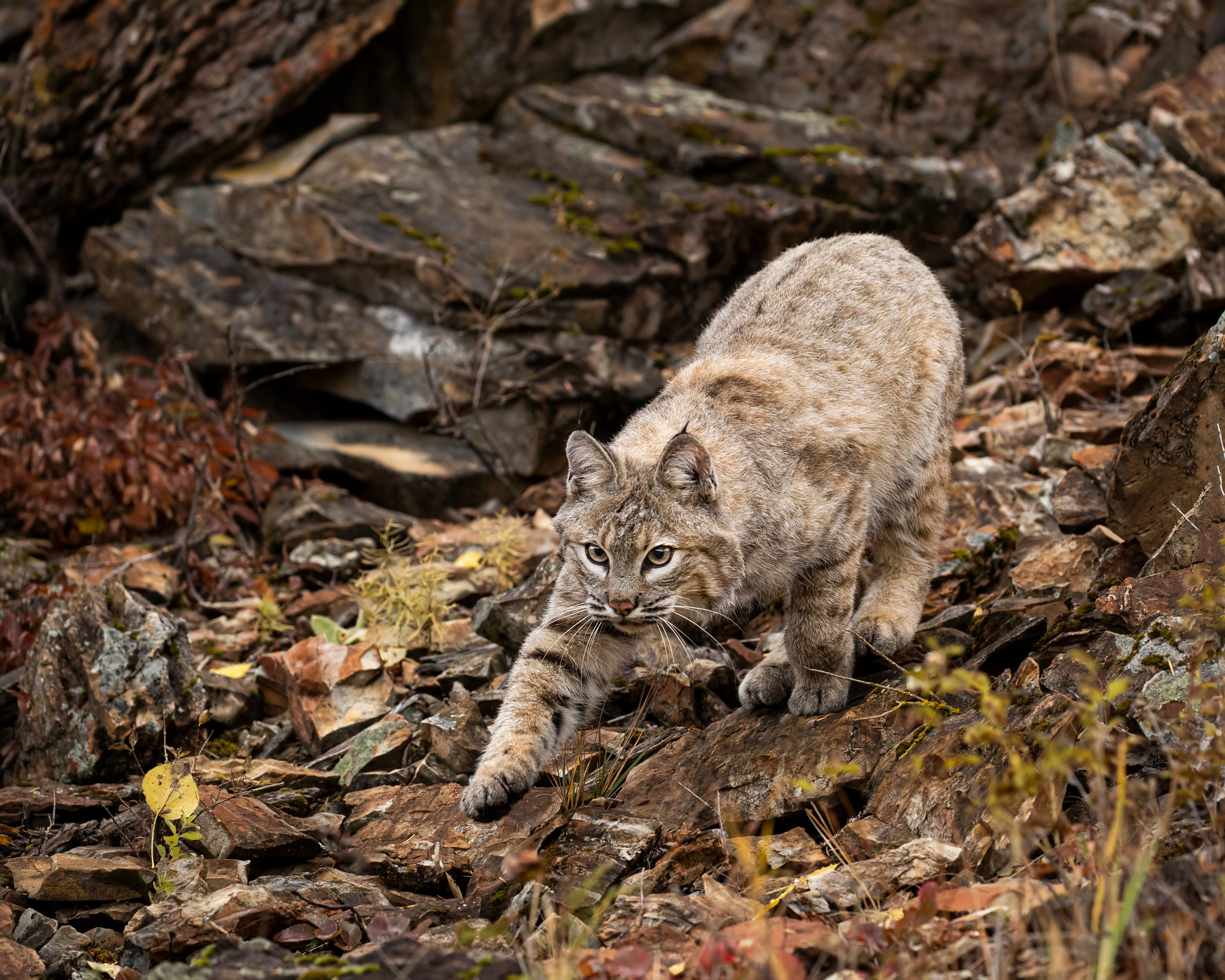Contact: Shawn Rossler, DNR Furbearer Specialist
shawn.rossler@wisconsin.gov or 608-225-2663
Anna Schneider, DNR Assistant Furbearer Specialist
anna.schneider@wisconsin.gov or 608-644-6090
DNR Reminds Trappers And Hunters Of Furbearer Tagging And Registration Changes
 Wisconsin is home to an assortment of furbearer species such as raccoons, bobcats, coyotes and fox which can be hunted and trapped.
Photo credit: Carol Gray
Wisconsin is home to an assortment of furbearer species such as raccoons, bobcats, coyotes and fox which can be hunted and trapped.
Photo credit: Carol Gray
MADISON, Wis. – The Wisconsin Department of Natural Resources (DNR) reminds trappers and hunters pursuing river otter, fisher and bobcat of the changes to tagging and registration requirements for the 2021-22 trapping and bobcat hunting season starting Saturday, Oct. 16.
The DNR has eliminated the fisher pelt tag requirement and replaced it with a digital harvest authorization. There will no longer be a physical pelt tag mailed to individuals who are successful in the annual drawing for fisher.
The requirement for successful fisher and river otter trappers to meet in person with a warden or approved DNR staff to have the pelt certified has also been eliminated. Moving forward, registration for these two species will be done entirely through GameReg and must be completed by 5 p.m. the day after the animal is recovered.
Following registration, federally-required Convention on International Trade in Endangered Species (CITES) tags for otter will be sent to the trapper’s home address. The trapper must immediately attach the CITES tag to the pelt to certify the otter was harvested legally. For fisher, pelts no longer are required to be sealed with a metal registration tag.
“These changes create efficiencies for trappers and DNR staff by reducing the need to travel, while still providing the wildlife managers with critical registration information for each species,” said Shawn Rossler, DNR Furbearer Specialist.
The recent changes for fisher and river otter do not change the tagging requirements for bobcat. Hunters and trappers who successfully draw a bobcat permit will still receive a physical permit. Bobcat hunters and trappers must meet in person with a warden or other approved DNR staff within seven days after the month of harvest to have the pelt tagged.
The DNR will collect carcasses and lower jaws of bobcats harvested only during Time Period 1, Oct. 16 - Dec. 25. The collection of these parts provides important data on age structure and reproduction that are used to inform annual harvest quotas.
Collection of fisher and river otter samples from harvested animals will continue in a new format. A random sample of fisher and river otter trappers are selected ahead of the season to provide samples. These individuals will receive instructions on how to mail in a section of the lower jaw to the DNR furbearer program. Samples provide the DNR with valuable age data used to guide future management decisions.
Wisconsin is home to an assortment of furbearer species such as raccoons, coyotes and fox which can be hunted and trapped, while others such as fishers and river otter may only be trapped. Of the 20 total furbearer species in Wisconsin, 18 maintain breeding populations in the state, with the exception of an occasional nomadic lynx and rare spotted skunk. Today, many of these species maintain populations abundant enough for sustainable harvest through hunting and trapping.
Learn more about the 2021 furbearer fall forecast online here. Additional tagging and registration details can be found in the 2021 Wisconsin Trapping Regulations.

